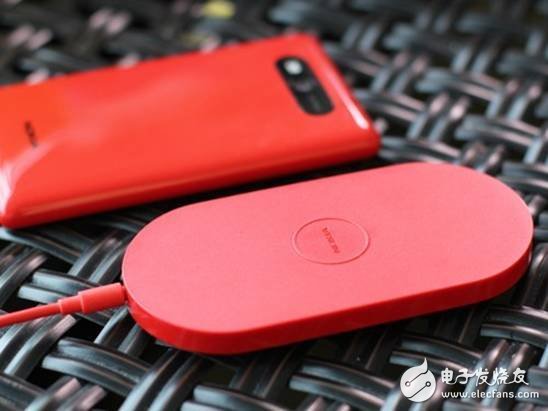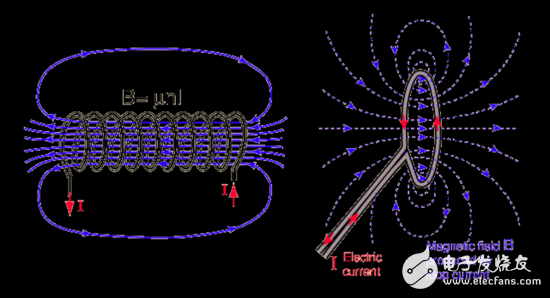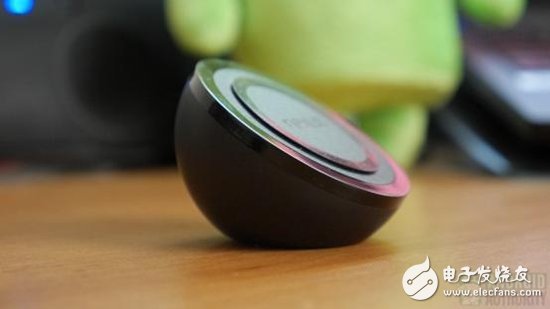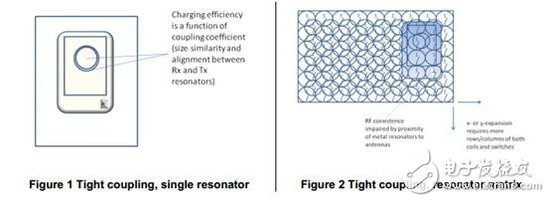Qi and A4WP are the two most important wireless charging technologies today, but what are their respective advantages and disadvantages? Who will stand out in the upcoming wireless charging technology war? Let's take a look at the analysis brought by the foreign technology media Android Authority.
There is no doubt that wireless charging will be a development direction for mobile devices in the future, and it is also one of the hot technologies that major manufacturers are scrambling to study. In fact, today, when electronic products are so popular, I believe that each of us has a number of different types of chargers and charging cables on hand, which is very inconvenient to use. Wireless charging technology is created to solve this problem. On the one hand, the wireless charging technology can free the user from the trouble of the cable, and on the other hand can solve the versatility of the charger.
However, as we have seen, wireless charging technology has not been applied on a large scale, mainly because there are many different wireless charging technologies, and among many technologies, Qi and A4WP are undoubtedly the closest to large-scale applications. Two. Qi is a technology proposed by WPC (Wireless Charging Alliance), and the A4WP officially finalized in January this year is its most powerful competitor, and the competition between Qi and A4WP can also be regarded as the global wireless charging technology competition. Big battle.
Compared with A4WP, Qi's development organization WPC is currently the world's largest wireless charging standards organization, its members include 137 partners from 15 different countries, and more than 100 devices equipped with Qi technology have been listed. . But at the same time, some important members including Qualcomm, Samsung and Texas Instruments are also supporters of A4WP. Samsung has previously said that A4WP has more potential than Qi.

In order to better understand the advantages and disadvantages of these two wireless charging technologies, let us briefly understand the principle of wireless charging and the difference between the two technologies.
Principle of wireless charging
Regardless of the difference between different wireless charging technologies, the principle behind them is the electromagnetic induction phenomenon that we are familiar with, specifically, using a changing electric field to generate a changing magnetic field, and then using the changing magnetic field to generate an electric field, thereby generating a current to charge the device. .
We all know that the direction of the magnetic field generated around a conducting wire is perpendicular to the direction of the current, and is usually very weak, but if the wire is wound into a circle or a spiral, the magnetic fields in the same direction will be superimposed. Form a strong magnetic field. In fact, the principle of wireless charging is similar to the transformers that are common in our lives. They use the current in one coil to generate current in the other. However, different from the way in which the transformer conducts magnetic field through the iron core, the induction coil in the wireless charging device undergoes some special adjustment, which uses air as a medium to conduct a magnetic field, thereby generating an induced current. At the same time, as with the resonance of the sound, the two coils also need to set a resonance frequency to make the frequency of the receiving coil and the output coil coincide, so that when the output coil current is small, it can also generate a strong enough in the receiving coil. Induced current.

For example, everyone must have heard of a group of soldiers walking on the bridge and finally knocking down the bridge. This is because the frequency of the soldiers is the same as the natural frequency of the bridge, so that the energy is more than enough to upload to the bridge. It eventually led to the collapse of the bridge. For wireless charging technology, the output coil is equivalent to a soldier, which is the output side of energy; and the receiving coil is equivalent to a bridge, which is the receiving side of energy. If you want to maximize the energy transmission efficiency, you must make two coils. The frequency is the same.
Practical application of the principle
The principle is ultimately the principle, and how do the major manufacturers implement this principle? In fact, it is very simple. It only needs an output coil that generates a magnetic field by alternating current and a receiving coil that generates a current with a magnetic field. At the same time, the current in the output coil needs to be adjusted to a specific frequency by an LC loop (composed of a capacitor and an inductor), so that the largest possible current can be generated in the receiving coil, ensuring high energy transmission efficiency.
In addition, designers need to address practical issues such as how to make induction coils, how to determine the transmission frequency, how to optimize charging time and energy consumption, but these issues are beyond the scope of this article. However, one of the most important issues is the determination of the size of the induction coil and how to find a balance between transmission efficiency, magnetic field strength and resonance frequency. On this issue, the choices of Qi and A4WP are different, which ultimately leads to the Qi technology being small and efficient, and the A4WP technology is powerful.
Qi wireless charging technology - magnetic induction charging
Qi wireless charging technology has been widely used, and the Nokia Lumia 920, Samsung Galaxy S4 and Google Nexus 4 support this technology. Compared to the A4WP, Qi uses a smaller induction coil, which makes it easy to transfer energy at higher frequencies. However, its shortcomings are also obvious, that is, the charging distance is relatively short, the maximum is only a few centimeters. Therefore, the wireless charging device using Qi needs to put a device such as a mobile phone on the charging base, and usually has a magnetic fixing device. Another big disadvantage of Qi is that it does not support multiple devices to charge at the same time.

In order to improve these shortcomings, it has been proposed to place multiple sets of small coils in the charging output device to increase the charging range, but the power consumption will undoubtedly increase, and the user still needs to accurately place the mobile phone and other devices during charging. The area of ​​the magnetic field is sensed to maintain a strong connection to the charging base. In order to further solve the problem of increased power consumption, WPC has added a communication protocol to Qi technology. Through this protocol, the charging device will "tell" the required power of the charging base or the charging is completed, and the charging base can adjust the output power according to the needs of the charging device or switch to the energy saving mode after the charging is completed.

In addition, another problem that Qi is plaguing is that it may heat the conductive material inside the device such as a mobile phone during charging, causing heat.
In general, Qi is a relatively conservative wireless charging technology. Although the energy transmission efficiency is high, it is not flexible enough in actual use, and the requirements for users are relatively high.
Insulated Terminals,Terminals,High-quality insulated terminals
Taixing Longyi Terminals Co.,Ltd. , https://www.lycopperlugs.com